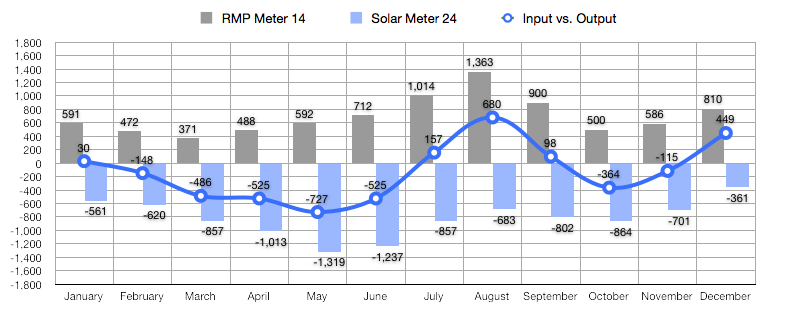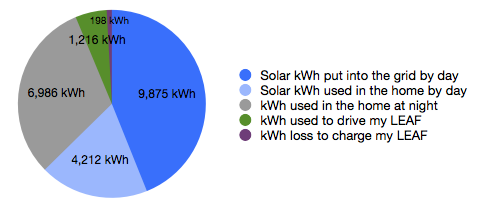GRA said:
Any particular reason you couldn't put them on a switched powerstrip/surge protector? If you don't record a lot when you're sleeping, is there some technical issue that requires them to be on 24/7? I've had all my vampire loads on switched powerstrips for years.
Yes: The DVR has to be on and connected for the timers and station updates to function correctly. The power supply for my antenna amplifier is located in a difficult to reach spot in my garage, and needs to be on for the DVR to function correctly. Placing the power supply on the outlet strip near the DVR/TV didn't work; it has to be closer to the amplifier, which is located on the antenna mast. The antenna itself is located in a tree. I live in a remote mountain area and was thrilled that I could get free OTA digital TV, including PBS HDTV, via broadcast repeaters. The picture is fabulous.
I thought about it quite a lot. I wish the DVR would just spin down the HDD when it isn't recording or on, but it doesn't. Except for the 20W draw and an occasional glitch in programming I am quite pleased with the machine. I remind myself that it costs me about $31/a year for electricity and most people pay more than that
every month for cable/satellite without batting an eye.
I, too, have a lot of vampire loads on power strips, including most of my home theater and my computer. They get turned off when not in use. Even my router has been switched off at a power strip many hundreds of times and boots in seconds without fail.








